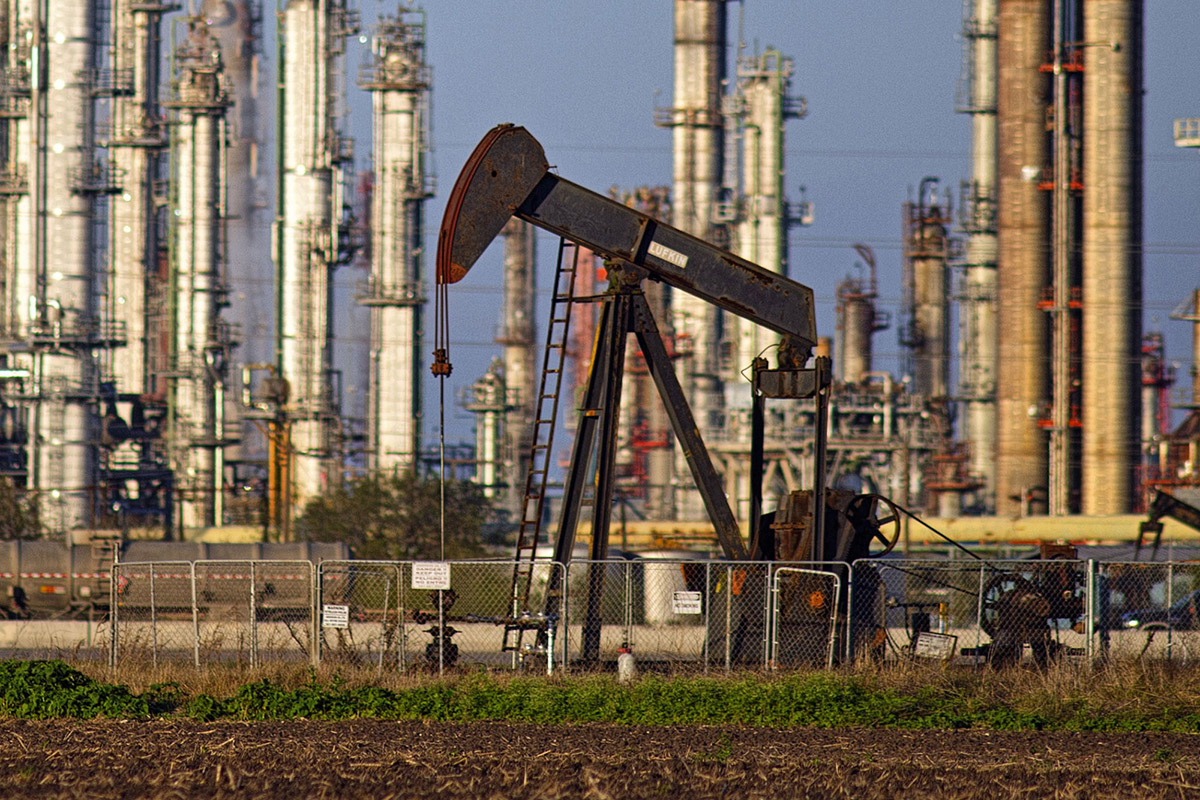Oil had its biggest weekly gain since late July as Texas refineries recovering from Hurricane Harvey processed more crude and global demand forecasts brightened.
Futures rose 5.1 percent this week in New York, settling just below the 50-dollar-a-barrel threshold that’s kept the industry in thrall. The increase was buoyed by higher demand forecasts from the International Energy Agency and expectations OPEC (Organization of Petroleum Exporting Countries) and its partners will extend output cuts beyond the March expiration date of their deal.
“The narrative in the market is that demand has really picked up,” said John Kilduff, a partner at New York-based hedge Again Capital. “As a result, we’ve gotten this push higher.”
Nearly a quarter of US refining capacity was shuttered in the wake of Harvey. Two weeks later, only three Gulf Coast refineries remain shut, according to the Department of Energy. The rest – including Motiva Enterprises’s Port Arthur refinery, the nation’s largest – are gradually coming back online, helping boost crude demand.
At the same time, the Paris-based IEA said on Wednesday it expects global demand to climb this year by the most since 2015 while the OPEC and its partners were said to be discussing an extension of its deal to cut output beyond its March expiration.
"People are looking for the price to go ahead and settle above 50 dollars a barrel, but they need some more than just the current news," Michael Lynch, president of Strategic Energy & Economic Research in Winchester, Massachusetts, said by telephone. "We need a couple good inventory reports or perhaps some bearish supply data from Libya or from the US shale patch."
West Texas Intermediate futures for October delivery ended the session on the New York Mercantile Exchange at 49.89 dollars, unchanged from the highest close since July 31 on Thursday.
Brent for November settlement closed 15 cents higher at 55.62 dollars a barrel on the London-based ICE Futures Europe exchange. Prices advanced 3.4 percent this week. The global benchmark crude traded at a premium of 5.18 dollars to November WTI.
Meanwhile, the US oil rig count fell for the fourth time in five weeks, according to Baker Hughes data released Friday. Rigs decreased by seven to 749. The decline included drops in Texas’ Permian and Eagle Ford shale basins.
“The feel-good factor appears to have returned to the oil market,” said Stephen Brennock, an analyst at PVM Oil Associates. “Underpinning the prevailing sentiment is the positive afterglow of this week’s frenzy of bullish oil demand forecasts from the leading energy agencies.” – Bloomberg
